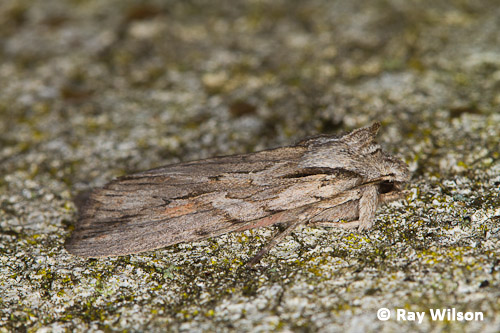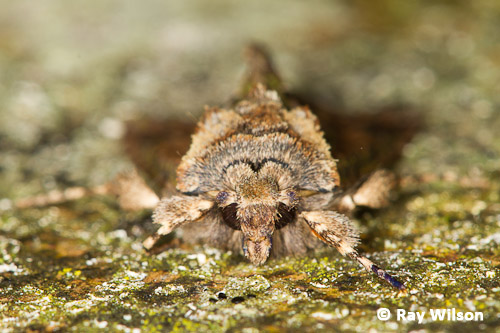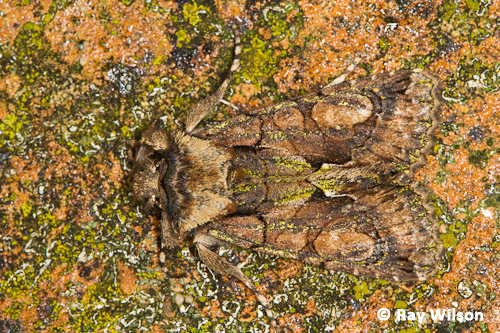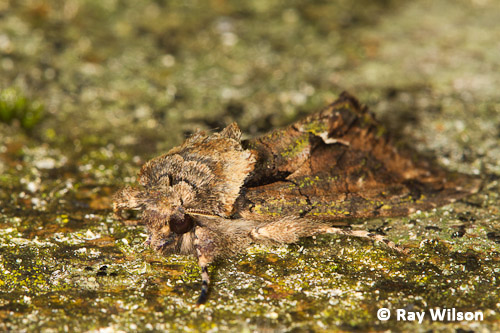
October & November 2012

Mute Swan (Cygnus olor) at sunrise - Ham Wall, North Somerset
A trip down to the Bristol area meant that I finally got to do a bit more bird photography than I have been doing in recent months! I had been hoping to get a few abstracts of the whirling patterns made by the Starling flocks coming to roost in the reedbeds of Ham Wall RSPB reserve, but on both of the times I visited the birds came in fast and low and settled almost immediately. Very disappointing considering that there were estimated to be around 1 million Starlings roosting there that weekend! It would have been nice if some predators had been around to stir things up a bit...

Sunrise at Ham Wall, North Somerset
Both the sunset and sunrise the following morning were quite colourful so we at least got some compensation for the lack of Staling displays.

Sunset at Ham Wall, North Somerset

Sunset at Ham Wall, North Somerset

Sunrise at Ham Wall, North SomersetHam Wall, North Somerset

misty morning at Ham Wall, North Somerset
Down at one of the hides at Ham Wall, we were lucky enough to have a female Kingfisher briefly land in front of us in just about the only patch of reads that wasn't in deep shade...

Common Kingfisher (Alcedo atthis) - Ham Wall, North Somerset
A trip to Slimbridge WWT reserve gave me an opportunity to add Bewick's Swan to my portfolio...

Bewick's Swan (Cygnus columbianus bewickii) - Slimbridge, Gloscestershire
Around 300 Bewick's Swans spend the winter at Slimbridge, although they were a bit late arriving this year and there had only been a peak count of 86 at the time of my visit.

Bewick's Swan (Cygnus columbianus bewickii) - Slimbridge, Gloscestershire

Bewick's Swan (Cygnus columbianus bewickii) - Slimbridge, Gloscestershire

Bewick's Swan (Cygnus columbianus bewickii) - Slimbridge, Gloscestershire
Although the above photos look like the epitome of peace and tranquility, it was not always like that and when a rival pair dared to land close to what the resting pair considered their patch, a violent fight broke out between the four birds...

Bewick's Swans (Cygnus columbianus bewickii) fighting - Slimbridge, Gloscestershire
Other common wildfowl is also present in abundance, particularly Mallards, Shelduck, Tufted Duck and Pintail.

male Mallard (Anas platyrhynchos) - Slimbridge, Gloscestershire

female Mallard (Anas platyrhynchos) - Slimbridge, Gloscestershire
A pair of Mallards were courting and copulating in front of the hide. A much more tender affair than the violent gang rape that often occurs in the spring...

copulating Mallards (Anas platyrhynchos) - Slimbridge, Gloscestershire

Common Shelduck (Tadorna tadorna) - Slimbridge, Gloscestershire

male Northern Pintail (Anas acuta) - Slimbridge, Gloscestershire

Tufted Duck (Aythya fuligula) - Slimbridge, Gloscestershire

Eurasian Jay (Garrulus glandarius) - Slimbridge, Gloscestershire

Eurasian Jackdaw (Corvus mondula) - Slimbridge, Gloscestershire

Common Woodpigeon (Columba palumbus) - Slimbridge, Gloscestershire
I ran the moth trap in my garden for the last time this year in early October and caught a massive total of two moths! Thankfully they were both of species that I hadn't photographed before so it wasn't a complete waste of electricity.

Blair's Shoulder-knot (Alucita hexadactyla) - Attenborough, Nottinghamshire
The moths were pretty torpid in the chilly morning temperatures which unfortunately makes them look a bit half-dead in the photos.

Green-brindled Crescent (Allophyes oxyacanthae)

Green-brindled Crescent (Allophyes oxyacanthae)

Green-brindled Crescent (Allophyes oxyacanthae)
The honour of the last moth of the year, however, went to a Twenty-plume Moth I found fluttering around my bedroom one evening in early November. These unusual moth's wings are so strongly indented that they essentially consist of 6 feather-like spines per wing, hence the scientific name of Alucita hexadactyla. The English name is not so accurate since 4x6 does not make 20...

Twenty-plume Moth (Alucita hexadactyla) - Attenborough, Nottinghamshire
Ray Wilson owns the copyright of all images on this site.
They may not be used or copied in any form without prior written permission.
raywilsonphotography@googlemail.com